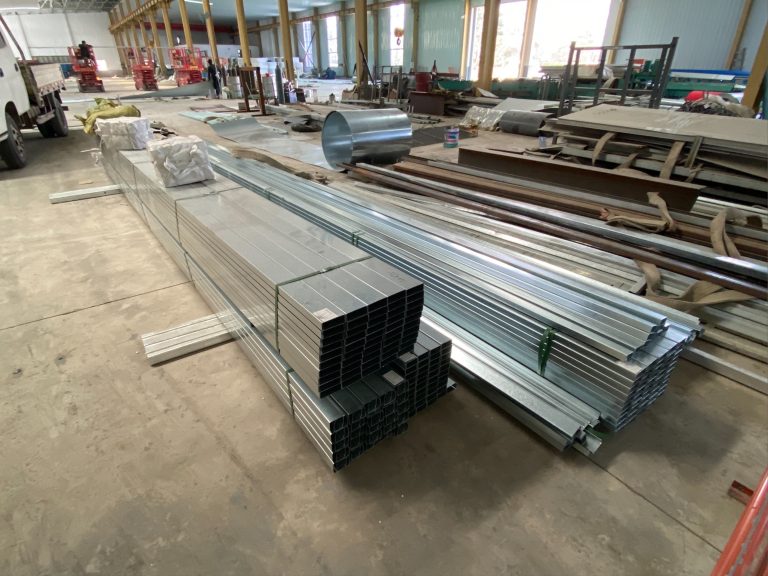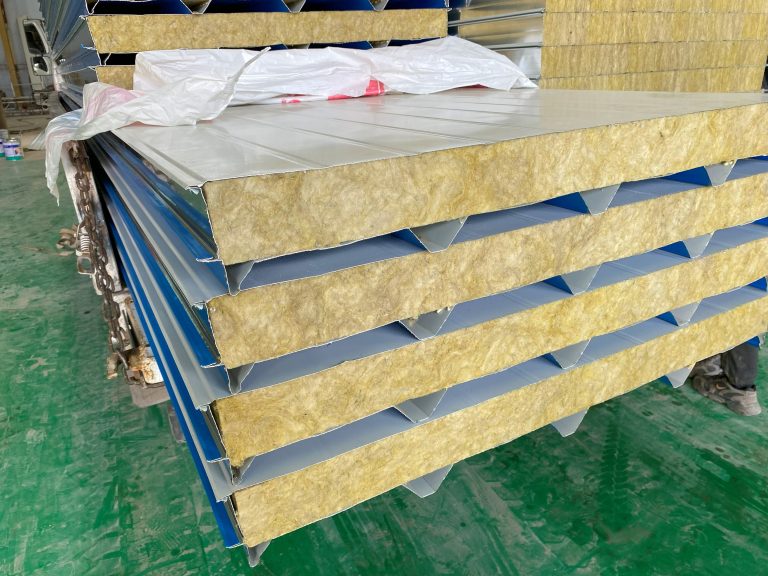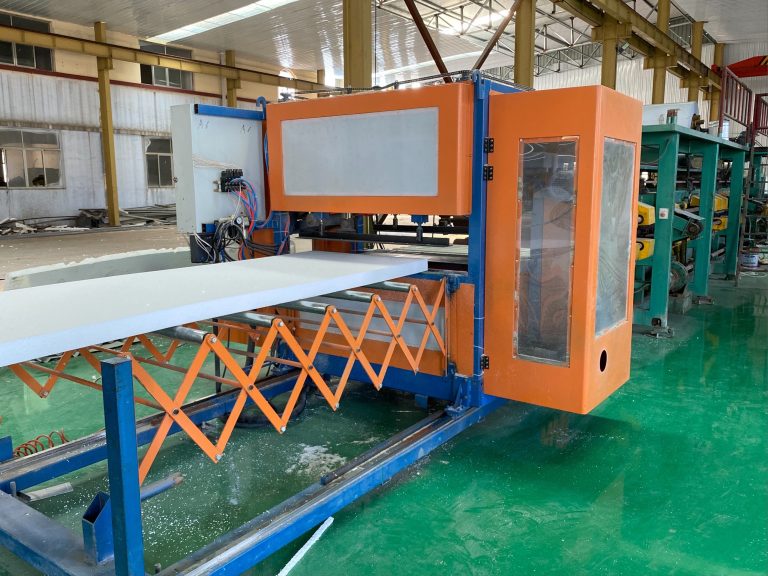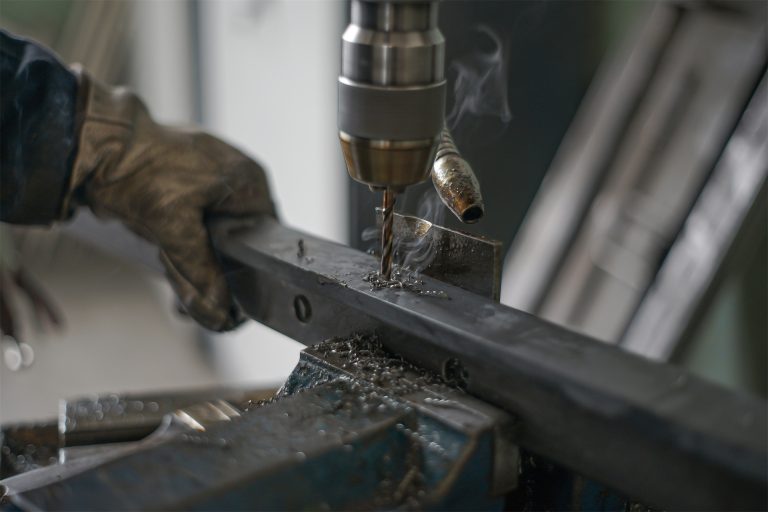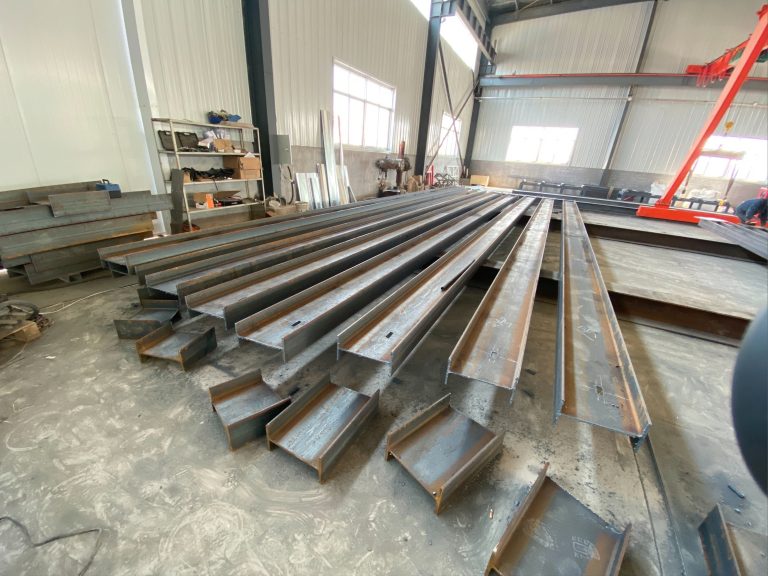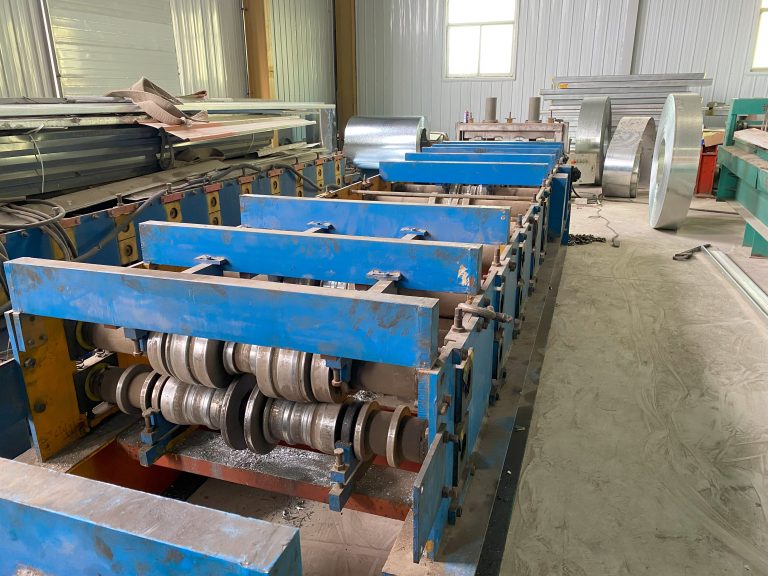Design and energy efficiency optimization of steel structures under passive house standards
Table of Contents
Benefits of Designing Steel Structures for Energy Efficiency in Passive House Standards
Designing steel structures for energy efficiency in passive house standards offers a multitude of benefits that can positively impact both the environment and the occupants of the building. By optimizing the design of steel structures to meet passive house standards, architects and engineers can significantly reduce energy consumption, lower operating costs, and create a more comfortable and sustainable living or working environment.
One of the key benefits of designing steel structures for energy efficiency is the significant reduction in energy consumption. Passive house standards focus on creating a building envelope that is highly insulated and airtight, which helps to minimize heat loss and reduce the need for heating and cooling. Steel structures can be designed to incorporate high-performance insulation materials and advanced building techniques to achieve superior thermal performance, resulting in lower energy bills and reduced carbon emissions.
In addition to reducing energy consumption, designing steel structures for energy efficiency can also lead to lower operating costs over the lifetime of the building. By investing in energy-efficient design and construction practices upfront, building owners can save money on heating and cooling expenses, as well as maintenance and repair costs. Steel structures are known for their durability and longevity, which means that they require less maintenance and have a longer lifespan compared to other building materials. This can result in significant cost savings over time, making steel structures a cost-effective choice for energy-efficient construction.
Furthermore, designing steel structures for energy efficiency can create a more comfortable and sustainable living or working environment for occupants. Passive house standards prioritize indoor air quality, thermal comfort, and natural daylighting, all of which contribute to a healthier and more enjoyable indoor environment. Steel structures can be designed to maximize natural light and ventilation, as well as to regulate indoor temperatures and humidity levels, creating a space that is both energy-efficient and comfortable to inhabit.
Another benefit of designing steel structures for energy efficiency is the positive impact on the environment. By reducing energy consumption and carbon emissions, steel structures built to passive house standards can help to mitigate climate change and reduce the building sector’s overall environmental footprint. Steel is a highly recyclable material, which means that it can be reused and repurposed at the end of its lifespan, further reducing its environmental impact. By choosing steel structures for energy-efficient construction, architects and engineers can contribute to a more sustainable built environment and help to create a greener future for generations to come.
In conclusion, designing steel structures for energy efficiency in passive house standards offers a wide range of benefits that can improve the performance, comfort, and sustainability of buildings. By optimizing the design of steel structures to meet passive house standards, architects and engineers can reduce energy consumption, lower operating costs, create a more comfortable indoor environment, and minimize the environmental impact of construction. Steel structures are a versatile and durable building material that can be tailored to meet the specific needs of each project, making them an ideal choice for energy-efficient construction. By embracing passive house standards and incorporating energy-efficient design principles into steel structures, architects and engineers can create buildings that are not only beautiful and functional but also environmentally friendly and cost-effective in the long run.
Strategies for Optimizing Energy Efficiency in Steel Structures for Passive House Standards
Designing and constructing energy-efficient buildings has become a top priority in the construction industry. With the increasing focus on sustainability and reducing carbon footprints, architects and engineers are constantly seeking innovative ways to optimize energy efficiency in building design. One approach that has gained popularity in recent years is the Passive House standard, which aims to create buildings that require minimal energy for heating and cooling.
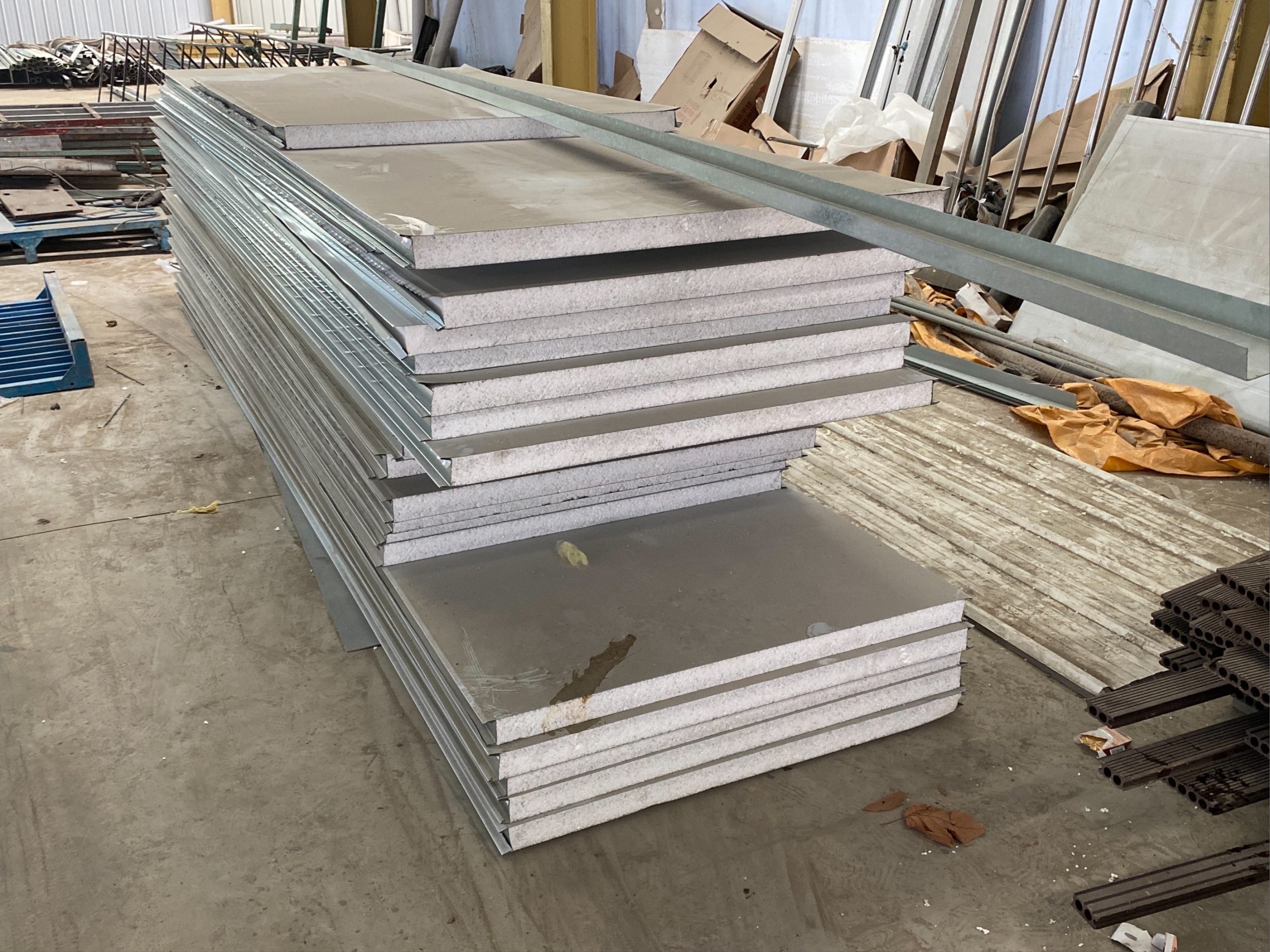
When it comes to steel structures, there are specific strategies that can be employed to optimize energy efficiency and meet Passive House standards. Steel is a versatile and durable material that is commonly used in construction, but it also has unique thermal properties that can impact a building’s energy performance. By carefully designing and engineering steel structures, it is possible to achieve high levels of energy efficiency while maintaining structural integrity.
One key strategy for optimizing energy efficiency in steel structures is to carefully consider the building envelope. The building envelope refers to the exterior shell of the building, including walls, roof, and windows. By using high-performance insulation materials and minimizing thermal bridging, it is possible to create a tight and well-insulated envelope that reduces heat loss and gain. In steel structures, special attention must be paid to the connections between steel elements to prevent thermal bridging and ensure a continuous thermal barrier.
Another important consideration in the design of energy-efficient steel structures is the selection of windows and glazing systems. Windows are a major source of heat loss in buildings, so choosing energy-efficient windows with low U-values and high solar heat gain coefficients is essential. In addition, incorporating shading devices such as overhangs or louvers can help reduce solar heat gain in the summer months while still allowing natural light to enter the building.
In addition to the building envelope and windows, the HVAC system plays a crucial role in the energy performance of a building. In steel structures, it is important to design HVAC systems that are properly sized and optimized for the building’s thermal needs. By using energy-efficient heating and cooling equipment, such as heat pumps or radiant heating systems, it is possible to reduce energy consumption and improve indoor comfort levels.
One innovative approach to optimizing energy efficiency in steel structures is the use of passive solar design principles. Passive solar design utilizes the natural energy of the sun to heat and cool a building, reducing the need for mechanical heating and cooling systems. By orienting the building to maximize solar exposure, incorporating thermal mass to store and release heat, and using passive ventilation strategies, it is possible to create a comfortable and energy-efficient building that meets Passive House standards.
In conclusion, optimizing energy efficiency in steel structures for Passive House standards requires a holistic approach that considers the building envelope, windows, HVAC systems, and passive design principles. By carefully designing and engineering steel structures with energy efficiency in mind, it is possible to create sustainable and high-performance buildings that minimize energy consumption and reduce environmental impact. With the right strategies and technologies, steel structures can meet the rigorous standards of Passive House certification while providing a comfortable and healthy indoor environment for occupants.

